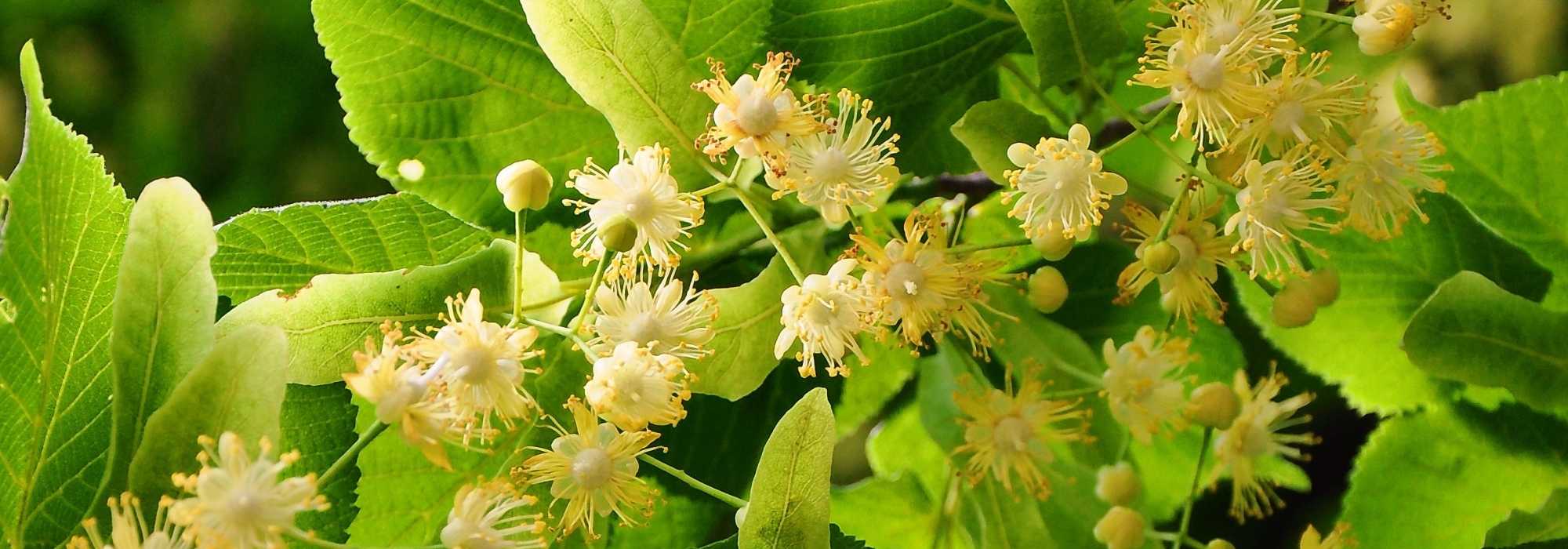
Lime tree, Tilia: planting, growing and pruning
Contents
Lime tree in a nutshell
- Lime tree is a fast-growth tree suited to solitary planting in gardens.
- Capable of becoming very large over time, ideal tree for creating pleasant shaded areas.
- Its melliferous flowers, favoured by bees, fill whole garden with scent from early summer.
- Lime tree flowers and bracts are also used in herbal tea for their sedative and calming properties.
- Low-maintenance tree, lime tree favours sunny positions and fresh, calcareous soil.
Word from our expert
Few gardens and parks of yesteryear lacked a fine, large linden. This tree, since time immemorial, was synonymous with a shady resting spot. And almost every small village can boast its old linden standing proudly in the centre of the square.
But it was also widely planted in avenues in towns thanks to its relatively rapid growth, its ability to withstand the most extreme pruning and its resistance to drought and air pollution.
The linden is a handsome tree that prefers to be solitary, planted alone, spreading its branches and offering welcome shade during intense summer heat. Primarily a sun-loving tree, it is not fussy about soil, provided it is not too dry or too acidic.
Its foliage is fresh and turns a superb yellow in autumn. Some species, such as Henry’s linden, an Asian species less bulky than other lindens, is also remarkable at bud burst period when the young leaves take on a reddish hue.
The linden is also a melliferous tree that attracts and feeds many bees and bumblebees. Although inconspicuous to the eye, the early-summer flowers do not go unnoticed because they literally perfume the whole garden and surrounding area.
Of course, mention linden and one also thinks of herbal teas and traditional herbal medicine. It is indeed from the flowers that calming herbal teas can be made. But linden has many other medicinal properties known for a long time.
For all these reasons, it is high time we made a little room for linden in our gardens again, provided there is enough space to accommodate this large fellow.
Botany and description
Botanical data
- Latin name Tilia sp.
- Family Malvaceae
- Common name Lime tree, Linden or basswood
- Flowering May to September depending on species
- Height 15 m
- Sun exposure sun
- Soil type rich and fresh
- Hardiness -20°C
Lindens are all grouped within genus Tilia and were formerly placed in family Tiliaceae, now included in family Malvaceae according to the new phylogenetic classification. They are trees that grow throughout Northern Hemisphere. Genus Tilia comprises nearly one hundred species, not counting hybrids and cultivars; here are a few of the most common in our region: Tilia cordata (Small-leaved Linden), Tilia platyphyllos (Large-leaved Linden), Tilia tomentosa (Silver Linden), Tilia × europaea (Common Linden or European Linden), Tilia americana (American Linden) and Tilia henryana (Henry’s Linden).
All are deciduous trees with rapid growth and a more or less rounded crown. Lindens can reach twenty metres in height. Bark is first grey and smooth before becoming deeply fissured with age. Leaves are simple, alternate and distichous (that is, leaves are on two opposite ranks while the lamina lie in the same plane). Leaf shape is rounded but asymmetrical and cordate (heart-shaped), dentate and ending in a tip. Lower surface of the lamina is soft to the touch thanks to hairs covering the veins. Foliage turns a splendid yellow in autumn.
Buds are large and globose, with two reddish scales.
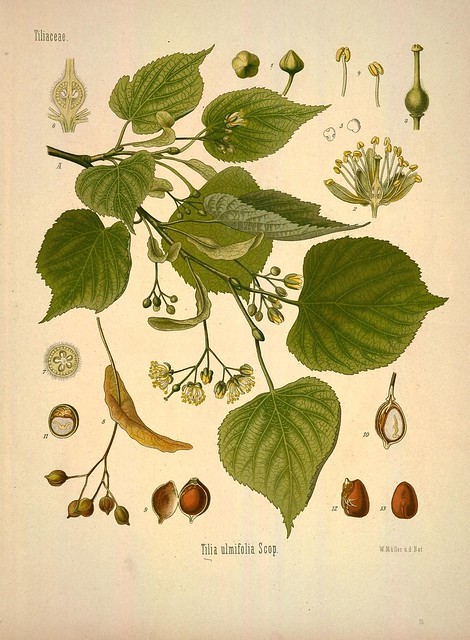
Tilia cordata – botanical illustration
Surprisingly, lindens do not have terminal buds, since apical growth is always continued by a lateral bud. This is known as monochasial sympodial branching.
Hermaphrodite flowers have five petals and five yellowish sepals. They are grouped in biparous cymes of two to seven flowers. Each cyme is subtended by a lanceolate yellow-brown, slightly translucent bract. Flowering is inconspicuous but highly fragrant.
Fruits are small indehiscent nutlets (they do not open at ripeness) which remain on the pedicel then fall, fluttering to the ground with the help of the bract.
Sexual maturity of lindens is reached only around the fifteenth year. Longevity rarely exceeds 400 years on average. Large-leaved Linden seems to live longest, some specimens easily surpassing a millennium. The oldest trees, proudly standing on village greens or beside churches, receive the greatest care and attention.
Note that lindens regularly produce “suckers” at the base of the trunk: these are called epicormic branches.
Large-leaved Linden or Tilia platyphyllos (also called Dutch Linden)
This linden occurs spontaneously in central and southern Europe. It is a very handsome tree to plant as a specimen. It appreciates fairly high air humidity. It is the first linden to flower in June, thus providing food for bees, which is why beekeepers value it for producing quality honey. Leaves are large (5–16 cm long) and softer than those of Small-leaved Linden. Hairs beneath the leaf are whitish. Crown is very dense and rounded.
Small-leaved Linden or Tilia cordata
Found in forests of central and western Europe. It has been widely planted in towns, parks and gardens. Small-leaved Linden flowers about two weeks after Large-leaved Linden. Leaves are smaller (2–10 cm long) and tougher than those of Large-leaved Linden. Hairs beneath the leaves are reddish. Trunk is fairly narrow.
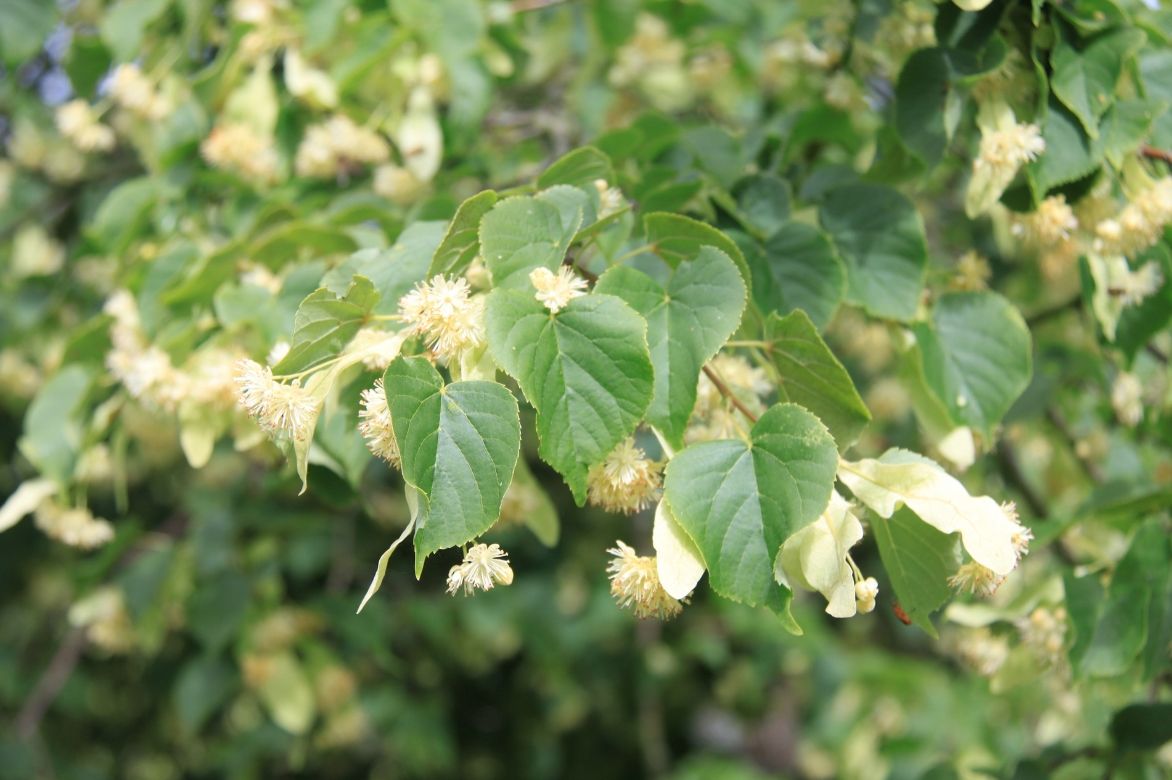
Tilia cordata ‘Van Pelt’
Silver Linden or Tilia tomentosa
This linden is native to south‑west Europe (Balkans, Turkey, etc.). It has been widely planted because of its tolerance to pollution and to drier soils. Leaves are large (up to 15 cm long) with a silvery underside. This linden produces less honeydew than others. It typically flowers in July.
Warning: nectar of this linden’s flowers contains mannose, a sugar that bees and bumblebees cannot digest. This may explain why these insects are sometimes found dead or at least weakened beneath Silver Lindens. Another hypothesis is that during food shortages this linden does not provide enough forage and bees may starve near the tree. Scientists are not certain yet. As a precaution, avoid planting it near hives and choose another linden species.

Tilia tomentosa
Henry’s Linden or Tilia henryana
This linden originates from China. Smaller than other lindens, it reaches about ten metres at maturity and is a good choice for a modest-sized garden. Leaves are a glossy green with a whitish underside, are long-toothed and emerge in spring with attractive coppery-red colouring. It flowers late: August into early September, making it a remarkable melliferous tree by providing forage for bees at season end. Henry’s Linden prefers a sheltered, wind-protected position and rather moist soil. It does not like drought and late frost can scorch new leaves. This species grows more slowly than other lindens and tolerates pruning very well.
American Linden or Tilia americana
Native from the Canadian border down to Virginia, this Linden is a robust tree with very large leaves (up to 20 cm long) that are completely glabrous, which distinguishes it from other lindens. This tree flowers in July and favours rich, fresh soil. Due to its great size—over forty metres at maturity—this linden is best reserved for arboretums or large parks.
Our favourite varieties
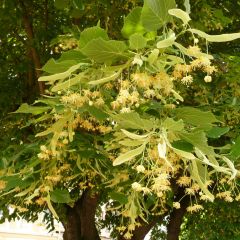
Tilia platyphyllos Rubra - Lime
- Flowering time June, July
- Height at maturity 15 m
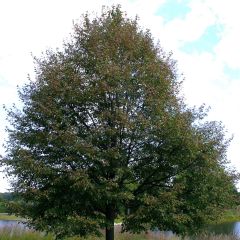
Tilia cordata Greenspire - Lime
- Flowering time July, August
- Height at maturity 16 m
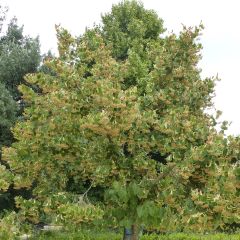
Tilia henryana - Lime
- Flowering time September, October
- Height at maturity 14 m
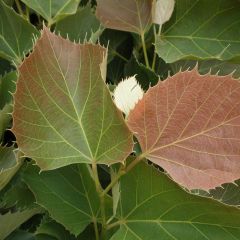
Tilia henryana Arnold Select - Lime
- Flowering time September, October
- Height at maturity 13 m
Discover other Tilia - Linden
View all →Available in 2 sizes
Available in 1 sizes
Available in 1 sizes
Available in 1 sizes
Available in 3 sizes
Available in 1 sizes
Available in 1 sizes
Available in 1 sizes
Available in 1 sizes
Available in 1 sizes
Planting
Where to plant?
Lime tree prefers sun. In warmest regions it can tolerate partial shade. Soil should be rich and moist but soil pH is more or less irrelevant depending on species and varieties.
When to plant?
Planting is best done in autumn, between October and November. It can also be carried out in spring, in March–April, but in any case outside frost periods.
How to plant?
- Soak rootball in a bucket of water for a few hours to rehydrate if necessary.
- Dig a planting hole twice the volume of the rootball and loosen soil well.
- At bottom of hole, add a scoop of well-rotted compost or some decomposed manure.
- Remove lime tree from pot and gently break up rootball to free roots
- Place tree at bottom of hole
- Backfill hole with excavated soil and firm lightly at surface
- Water with a watering can to avoid air pockets between roots and soil.
- Stake if necessary
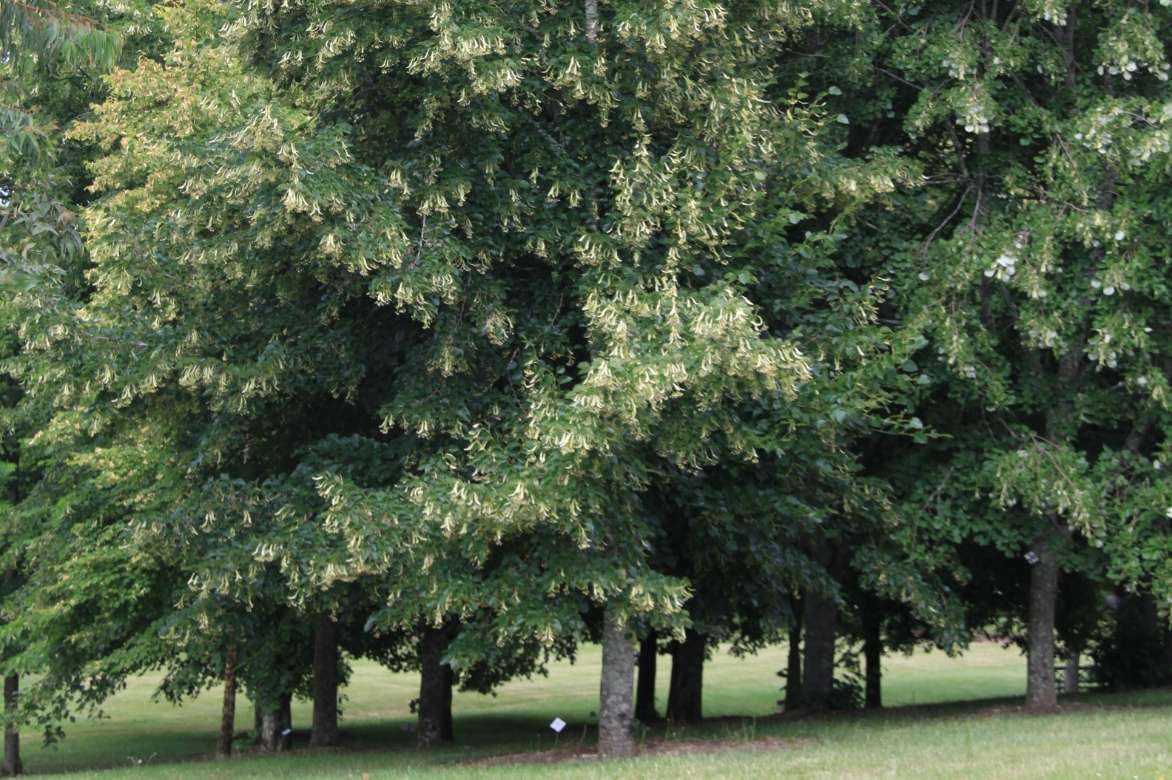
Read also
Oaks: planting, pruning and careMaintenance, pruning and care
Care
No maintenance is required for your lime tree, apart from possible clearing of leaves in autumn. But better to leave them in place, they break down quickly and enrich soil.
Pruning
Pruning is not obligatory for lime trees. If you need to prune a little, do it in winter between February and March. Keep in mind that the more you prune a lime tree, the more it will produce suckers at the base of the trunk that you will have to cut off later (also in March). That’s what happens to roadside lime trees that are pruned too often because they reduce visibility in some places.
Parasitic pests or diseases
No diseases affect lime trees.
However, mites, aphids and even some tiny dipterans can cause galls. These galls or cecidia are curious but harmless to the tree. They appear as balls, outgrowths or deformities on the leaves.

Galls on a lime leaf
→ Learn more about plant galls
Note also that an aphid attack, very common on lime trees, causes honeydew secretion that makes the leaves sticky. It’s a phenomenon to consider if you were planning to plant a lime tree to shade a terrace.
Propagation
By sowing
Propagation can be done by sowing. Seeds are collected in autumn and must be stratified throughout winter in moist sand. You can then sow these treated seeds in spring in pots. Avoid excessive watering afterwards. Please note, young shoots are vulnerable to spring frost.
please note : you can also sometimes spot self-sown seedlings not far from a fine linden; simply lift them to relocate.
By propagation by cuttings
This is the simplest way to reproduce a variety faithfully. To do this:
- Take in autumn large stakes about 1 metre long and 3–4 cm in diameter.
- Push them into fresh, rich soil.
- Keep soil moist but not waterlogged.
Linden stake will produce roots.
Note: success rate is lower than for poplars or willows. Your new linden will begin to leaf out in spring. Leave the “cutting” in place all year and, if you must move this new tree, do so only in autumn.
By removing suckers
Lindens produce many suckers. Lift one close to the parent tree and begin to dig around. Gently free the roots and cut the part that links the sucker to the tree. You then just need to plant your “baby” linden elsewhere in ground or in a pot.
By layering suckers
Lindens often form natural layering. If not, it is often enough to bend a vigorous shoot at the base of the trunk and bury part of it in the soil, holding it down with a U-shaped peg, leaving the tip of the stem above ground. This method is very slow and can take up to two years to succeed. When you see roots on the buried section, you can “free” the offshoot from the parent tree and plant it in ground or keep it for a while in a pot.
Air layering can also be considered.
Pairing linden with other plants in the garden
A handsome lime tree planted on its own
A lime tree is clearly best planted on its own so it can develop to its full splendour. It will provide soil with beneficial shade during hottest days of summer. But how to dress its base? Which plants could both live in deep shade and on dry soil (moisture being mainly drawn off by the tree). One could consider a simple but effective tapetum of Lesser Periwinkles or Vinca minor that will flower a lovely periwinkle blue throughout spring at the base of a Tilia henryana. But you can try other pretty plants such as epimediums, cyclamens, hellebores, … Or why not try Welsh poppies, whose yellow flowering will brighten the base of your tree right through to start of winter.
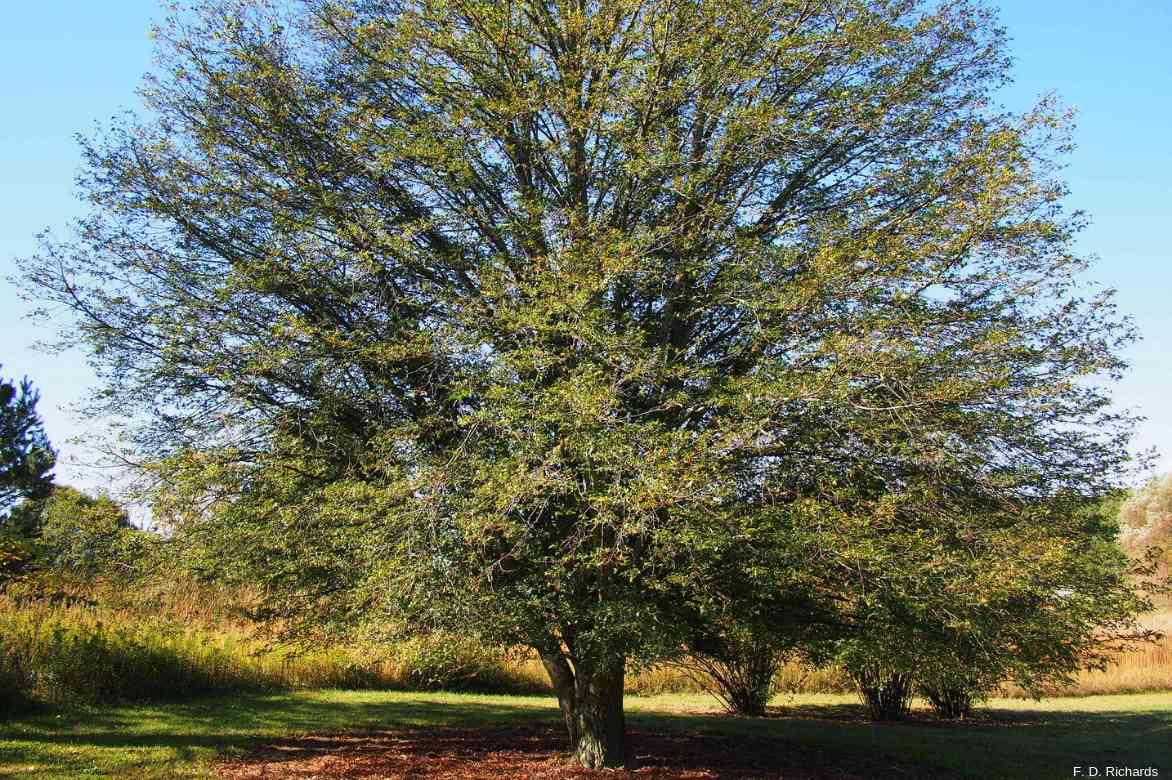
Tilia platyphyllos ‘Laciniata’
A striking avenue
A row of Tilia cordata ‘Greenspire’ can lend a noble touch to edges of a long, wide drive. But… only if you are owner of several hectares adjacent to your 16th-century château.
Another idea, a Belgian speciality, is to train Tilia europea as a pleached screen to enclose part of garden or hide an especially unsightly element. These lime trees are trained on a wooden framework that they will quickly cover with their foliage. Advantage is that these trees will not take up more space than wooden framework and will soon provide a vegetative screen that will require pruning from time to time.

Row of lime trees
A charming grove with spectacular autumn colours
Lime trees are delightful in autumn and if you take care to plant a “small” Tilia henryana ‘Arnold Select’, you can create around it a charming grove made up of trees or bushes with beautiful autumn foliage. Simply add a classic but always effective Cotinus ‘Grace’, a surprising Ulmus minor ‘Suberosa’ whose cork‑adorned twigs will extend ornamental interest into mid‑winter, a charming Robinia (false acacia) with red spring flowering whose golden‑yellow autumn foliage will harmonise with lime tree, and why not the little‑known “Honey tree”, Euodia daniellii, this astonishing melliferous tree from Asia.
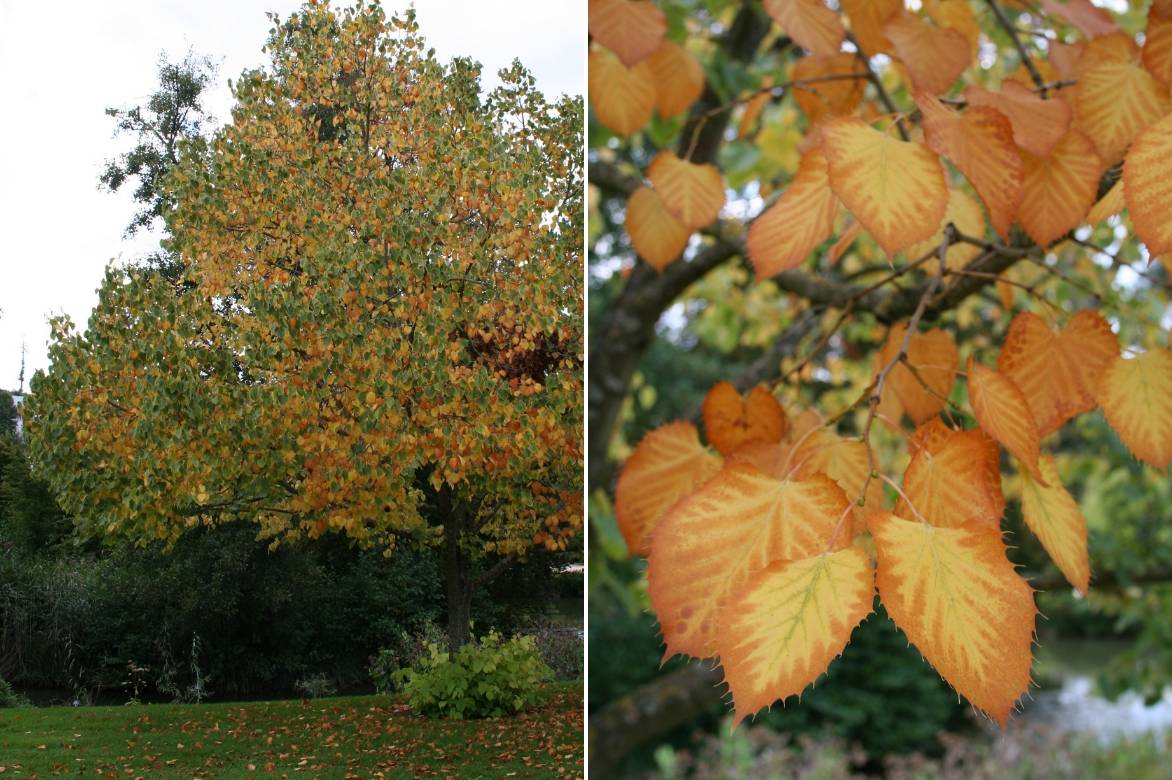
Foliage of Tilia henryana in autumn
Did you know?
- Linden sapwood has purifying properties, while buds are used for detoxifying and calming.
- Young linden leaves can be eaten in salad: find various uses of linden in: Fresh linden, a versatile ally.
- Linden leaves make good fodder for livestock.
- Soft wood can be carved for sculpture and used to make bows and clogs.
- In Germany, linden is dedicated to Frigga, goddess of marriage.
- In the Middle Ages, justice was administered under linden trees.
- Linden became a symbol of liberty during the French Revolution. One was planted in almost every commune!
- Paradoxically, old hollow linden trees could serve as hideouts for the chouans (royalists) to escape revolutionary troops.
- Carl Von Linné, famous botanist, chose his name in reference to the family farm Linnagard, which means “farm of the linden”. After Latinising it (Carl Linneaus), he later Gallicised his name to keep only Carl Von Linné.
Recipes
Flowers are harvested before fully opening, from May to early June (depending on species, but two best are Tilia cordata and Tilia platyphyllos). Lime blossom is ideal for treating nervous fatigue but is also indicated for colds and for relieving pain and migraines.
- Bring water to the boil
- Place 3 to 5 dried bracts, broken into pieces, in a teaspoon (some people use not only flowers but also bracts; the kind of leaf that allows seed to drift gently to soil also contains medicinal properties)
- Pour a generous cup of boiling water over the lime blossom
- Let steep for 5 minutes then drink (once infusion has cooled sufficiently!)
- Personally, I add a spoonful of honey for flavour. Why not go the whole way and use lime blossom honey, which also contains medicinal compounds.

Useful resources
Discover our linden varieties.
Discover our care sheet: How to dry linden flowers?
Gwenaëlle explains all uses of freshly picked lime.
Frequently asked questions
-
A sticky substance appears to be dripping from my lime tree. Is that normal?
Unfortunately, yes — especially Tilia cordata and Tilia platyphyllos. That's why it is recommended not to plant them near a patio or where you park your car. This is caused by aphids or scale insects that naturally parasitise these trees. The tree reacts to attacks by them and secretes a kind of honeydew, food for aphids and scale insects. A treatment with black soap can be effective but laborious if your lime tree is already quite large.
-
Some kind of red growths and balls are disfiguring my lime tree. What's happening?
These are galls or cecidia if you prefer to use the technical term. Naturally, lime trees are hosts to numerous insects and mites that lay eggs in the leaves. Leaves react to these egg deposits by forming galls. These are not at all harmful to your tree: indeed, it's a common and natural phenomenon. The arrival of these galls may be an opportunity to introduce you to this fascinating science, cecidology, which is a real "bridge" between botany and entomology (the study of insects).
-
I have a small garden but I'd still like a lime tree. What would you recommend?
You have two options: 1) opt for a smaller species or one with slower growth, such as Henry's lime, for example. 2) consider severe, regular pruning. Indeed, lime trees tolerate drastic pruning admirably, so you can re-coppice it once every four or five years. It will then form a large shrub but remain modest in size.
- Subscribe!
- Contents
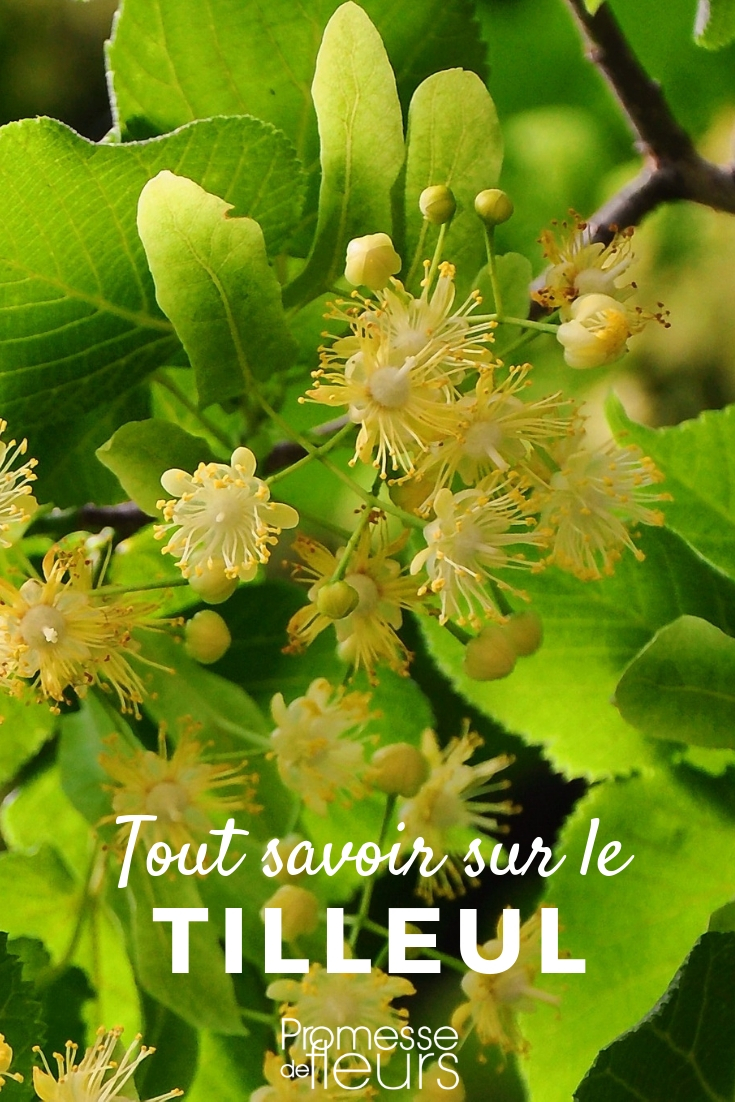































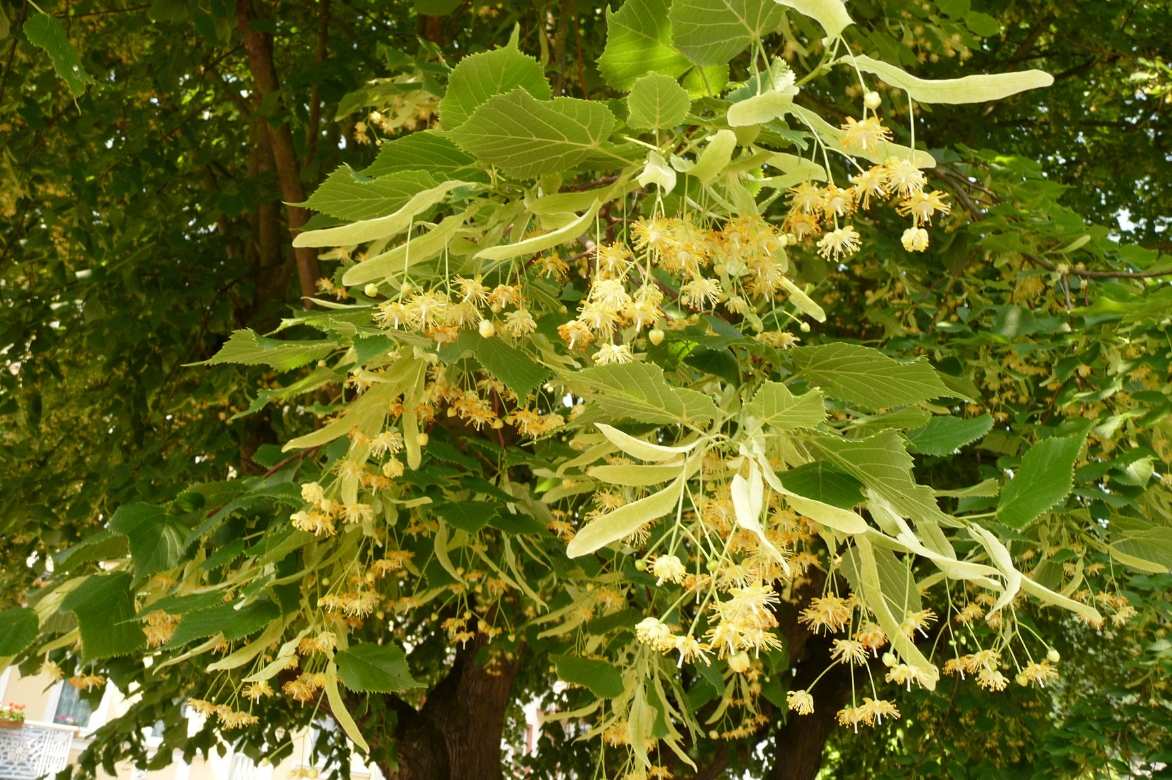
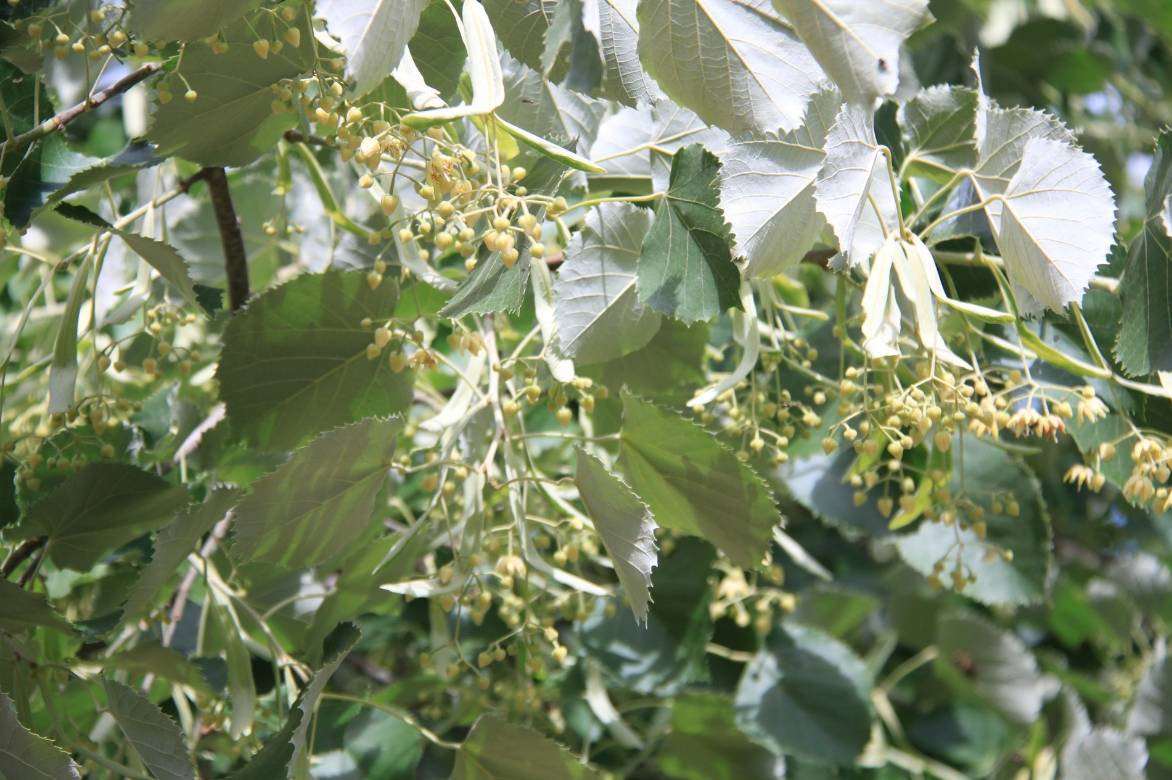
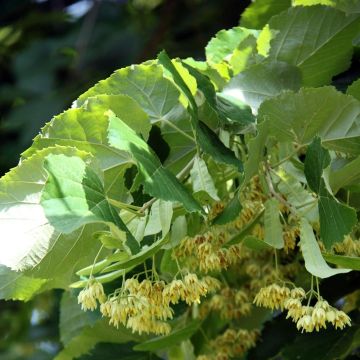
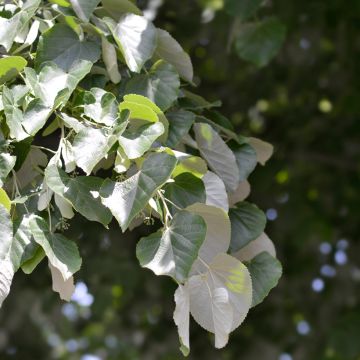

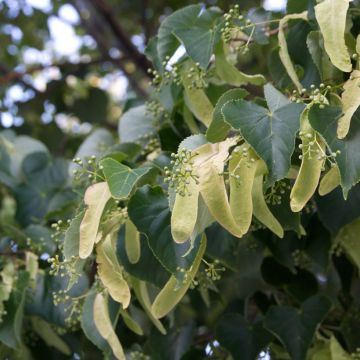

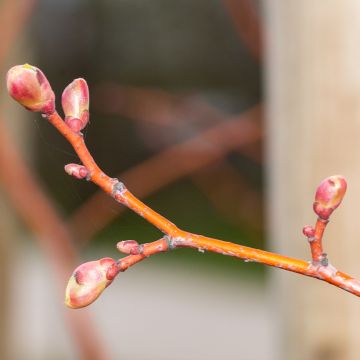
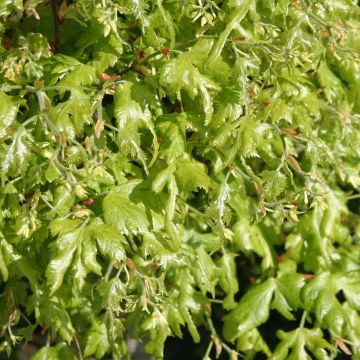
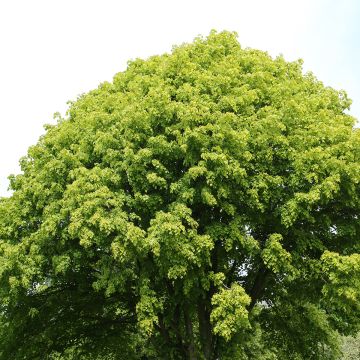

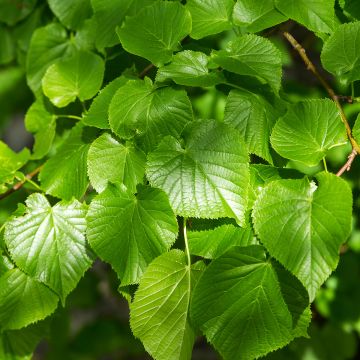
Comments